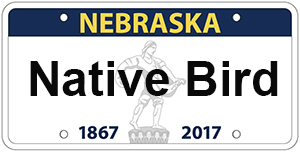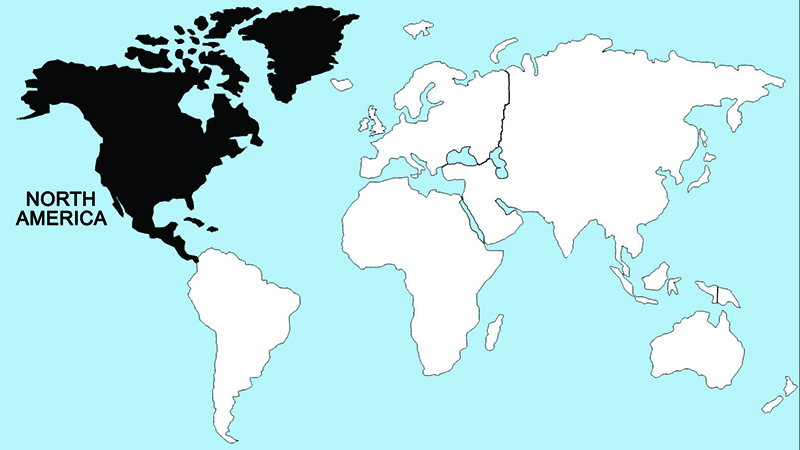Tundra [Whistling] Swan
![Tundra [Whistling] Swan](/data/images/appliedecology/madsonbird/tundra-whistling-swan.jpg)
The name "tundra swan" has been adopted as a collective vernacular name for the whistling and Bewick's swans, which occupy comparable breeding habitats in the New World and Old World respectively, and which are now accepted as representing a single species. Grassy lowland tundra is the primary nesting habitat of the whistling swan; upland tundra and rocky tundra support few if any breeding swans. During winter, whistling swans congregate in grassy river valleys, estuaries, and bays, particularly in Chesapeake Bay, Currituck Sound, and in the Central Valley of California. Field-feeding on dry-land situations such as in cornfields is locally common and seems to be a rather recent innovation in whistling swan behavior. Like other swans, the birds are basically adapted to harvesting succulent submerged and emergent aquatic plants, including leaves, stems, and rootstalks.
Whistling swans have bred so rarely under captive conditions that we are unsure of the normal time of reproductive maturity, but probably few if any birds breed before they are four years old. This also seems to apply to the Eurasian Bewick’s race, which has been much more thoroughly studied. Some young swans remain with their parents through their second or even sometimes their third winter of life, which indicates the strength of family bonding in wild swans. Swans are very long-lived, and in one instance a captive Bewick's swan is known to have nested over an approximately twenty-year period with five different mates.
Like the trumpeter swan, the normal clutch size is five eggs, and the incubation period is very similar, lasting about 30–32 days. Following hatching, both sexes guard the young, but the male continues to perform the majority of aggressive chasing and displaying. The fledging period of the young is still somewhat uncertain, but probably requires 60–75 days. As soon as the young are fledged and the adults have completed their postnuptial molt the birds begin to gather and to leave the breeding areas.
Regions Birds Are Found


Collection Location & Year
U.S. - Northa Dakota 1999
Taxonomy
| Order | Anseriformes |
|---|---|
| Family | Anatidae |
| Tribe | Anserini |
| Species | Cygnus |
| Genus | columbianus |
Gender
Male
References
- Johnsgard, P. A. 1975b. Waterfowl of North America. Bloomington, IN: Indiana Univ. Press.
- Johnsgard, P. A. 1978. Ducks, Geese and Swans of the World. Lincoln, NE: Univ. of Nebraska Press.
- Elliot, A., J. del Hoyo, J. Sargatal, and C. Imboden, eds. 1992. Handbook of Birds of the World. Vol. 1 (Ostriches to Ducks). Barcelona, Spain: Lynx Editions.
- Kear, J. 2005. Ducks, Geese and Swans. London, UK: Oxford University Press.